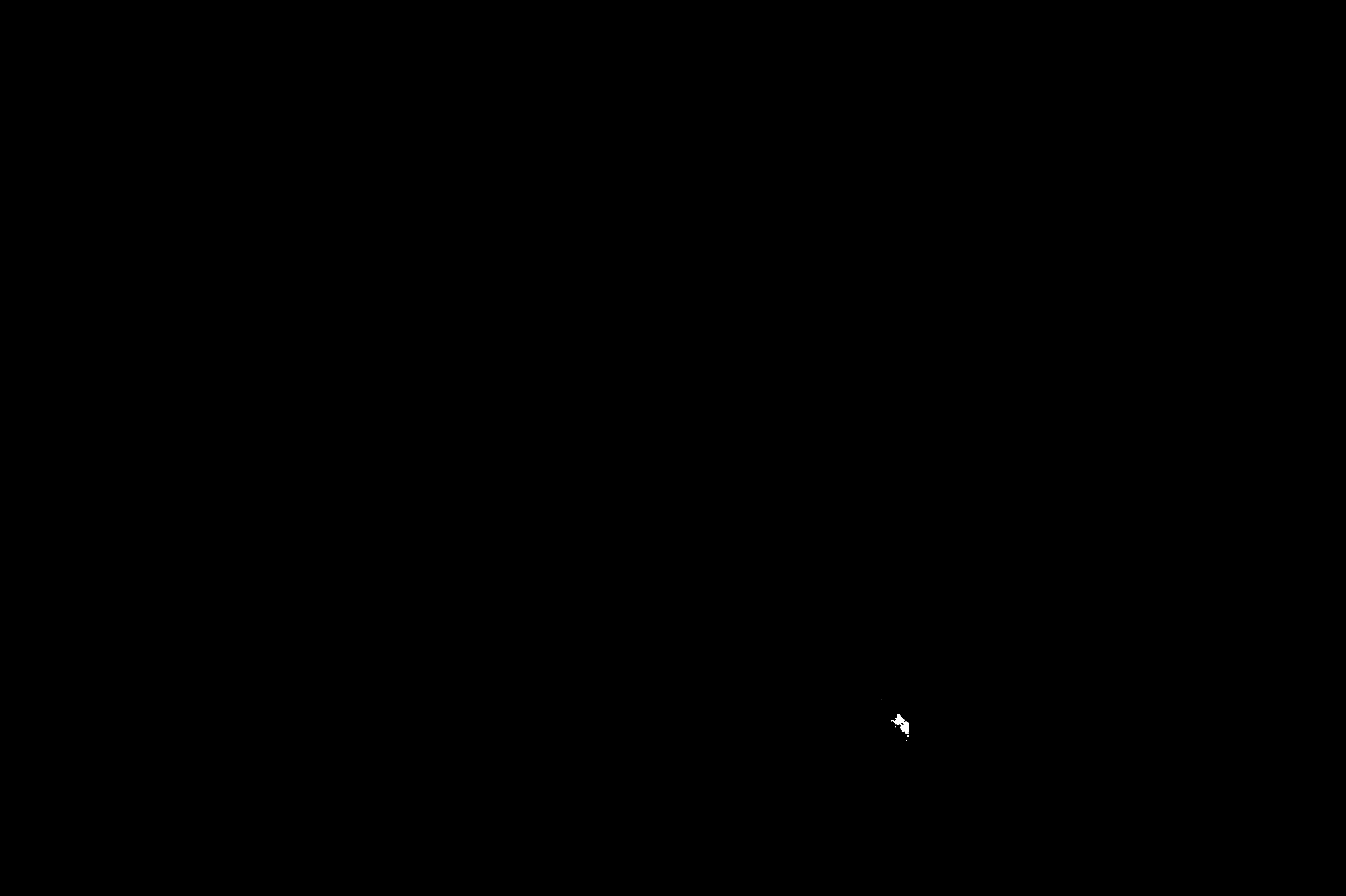ISS044-E-661
| NASA Photo ID | ISS044-E-661 |
| Focal Length | 1150mm |
| Date taken | 2015.06.14 |
| Time taken | 10:29:45 GMT |
Resolutions offered for this image:
1000 x 666 pixels 540 x 360 pixels 4928 x 3280 pixels 720 x 480 pixels 4928 x 3280 pixels 640 x 426 pixels
1000 x 666 pixels 540 x 360 pixels 4928 x 3280 pixels 720 x 480 pixels 4928 x 3280 pixels 640 x 426 pixels
Country or Geographic Name: | ZAMBIA |
Features: | LAKE WALILUPE, LACUSTRINE MARSHES, POND, ROADS, VILLAGES, DRAINAGE |
| Features Found Using Machine Learning: | |
Cloud Cover Percentage: | 10 (1-10)% |
Sun Elevation Angle: | 56° |
Sun Azimuth: | 349° |
Camera: | Nikon D4 Electronic Still Camera |
Focal Length: | 1150mm |
Camera Tilt: | 13 degrees |
Format: | 4928E: 4928 x 3280 pixel CMOS sensor, 36.0mm x 23.9mm, total pixels: 16.6 million, Nikon FX format |
Film Exposure: | |
| Additional Information | |
| Width | Height | Annotated | Cropped | Purpose | Links |
|---|---|---|---|---|---|
| 1000 pixels | 666 pixels | No | No | Earth From Space collection | Download Image |
| 540 pixels | 360 pixels | Yes | No | Earth From Space collection | Download Image |
| 4928 pixels | 3280 pixels | No | No | NASA's Earth Observatory web site | Download Image |
| 720 pixels | 480 pixels | Yes | No | NASA's Earth Observatory web site | Download Image |
| 4928 pixels | 3280 pixels | No | No | Download Image | |
| 640 pixels | 426 pixels | No | No | Download Image |
Download Packaged File
Download a Google Earth KML for this Image
View photo footprint information
Download a GeoTIFF for this photo
Georeferenced by human interaction - exported 2016-08-16-225341-UTCGeoreferenced by human interaction - exported 2016-08-23-233908-UTC
Georeferenced by human interaction - exported 2018-01-16-142750-UTC
An explanation of the georeference file(s) above
Image Caption: Chilubi Island, Lake Bangweulu, Zambia
Astronauts aboard the International Space Station took this detailed image of the strange rounded shapes of the coastline of Chilubi Island, a light-toned island of sand in the dark waters of Lake Bangweulu. Here we see open water in the arms of the lake with areas of wetland vegetated (reed, papyrus and floating grass) in green. The coastlines are smoothed by easterly winds eroding ancient sand dunes.
Chilubi Island has 100 km of coastline giving prime access to the richest fishing waters in northern Zambia. The higher population density of numerous fishing villages has resulted in a narrow devegetated strip of a lighter tone following all the shorelines. The lake, which is only 4 m deep on average, is rich enough to supply fish for the copper-mining towns to the west. The explorer and missionary David Livingstone was the first European to visit the lake (1868).
Astronauts aboard the International Space Station took this detailed image of the strange rounded shapes of the coastline of Chilubi Island, a light-toned island of sand in the dark waters of Lake Bangweulu. Here we see open water in the arms of the lake with areas of wetland vegetated (reed, papyrus and floating grass) in green. The coastlines are smoothed by easterly winds eroding ancient sand dunes.
Chilubi Island has 100 km of coastline giving prime access to the richest fishing waters in northern Zambia. The higher population density of numerous fishing villages has resulted in a narrow devegetated strip of a lighter tone following all the shorelines. The lake, which is only 4 m deep on average, is rich enough to supply fish for the copper-mining towns to the west. The explorer and missionary David Livingstone was the first European to visit the lake (1868).



